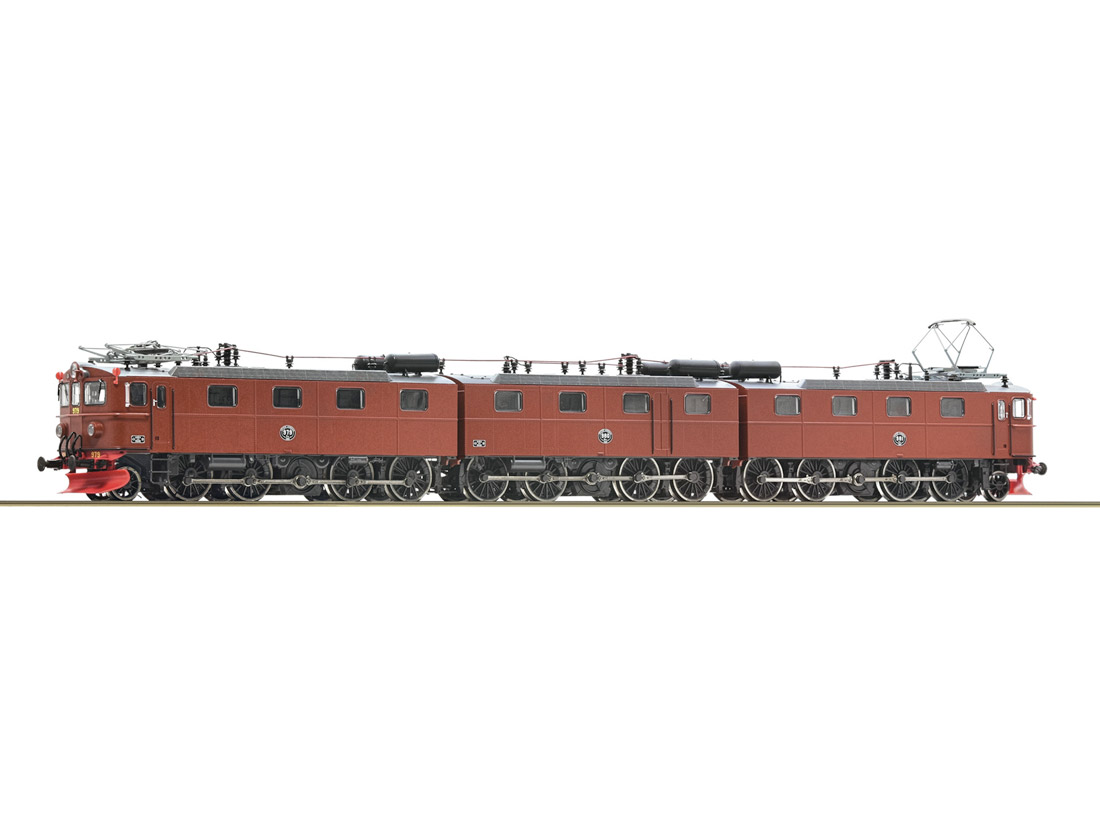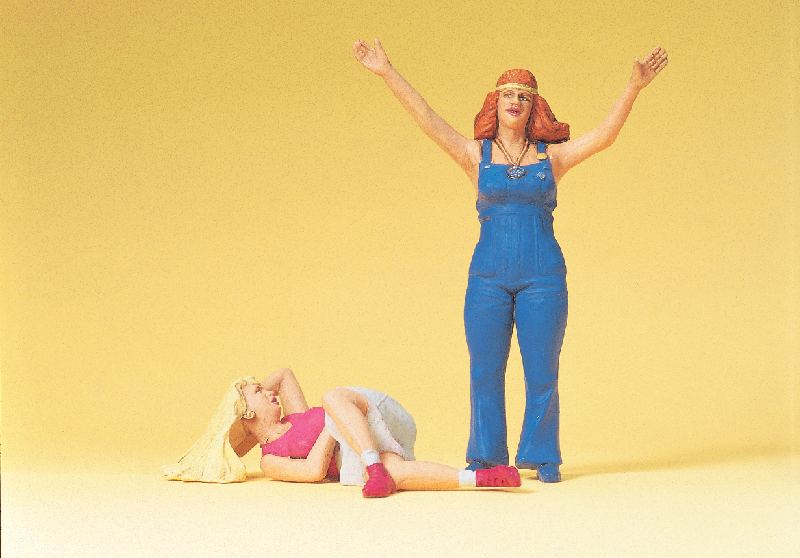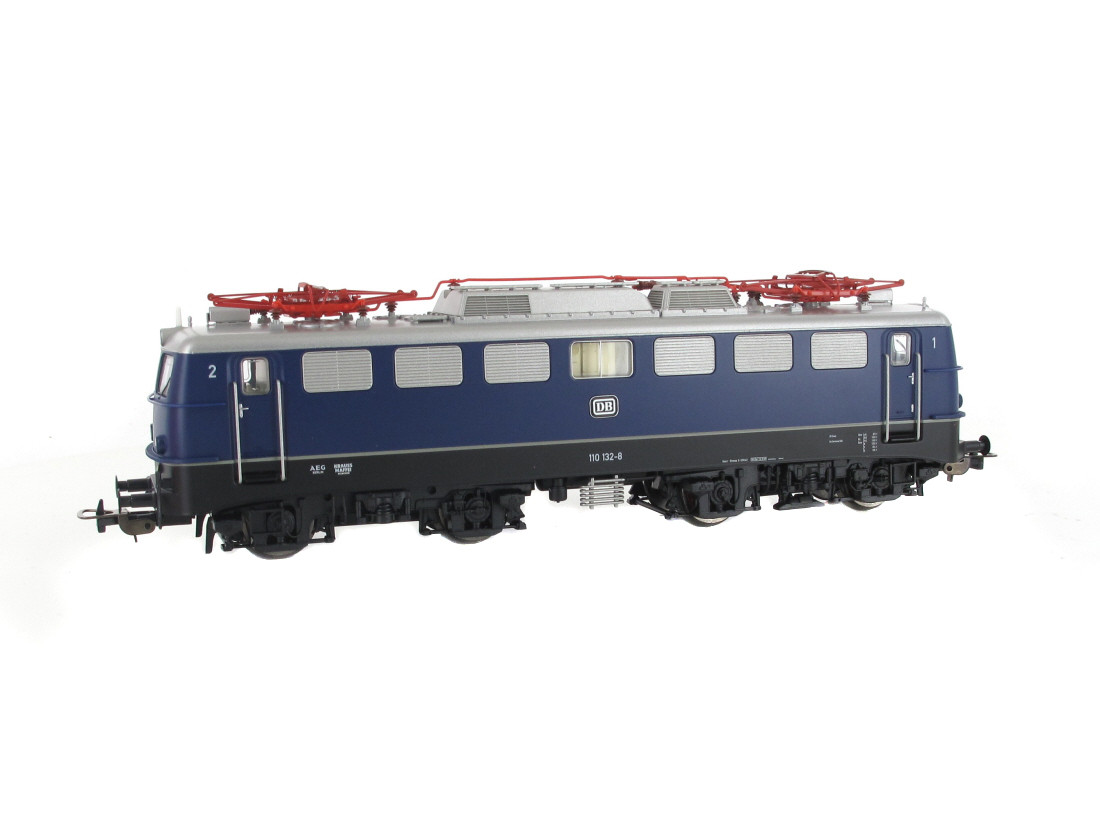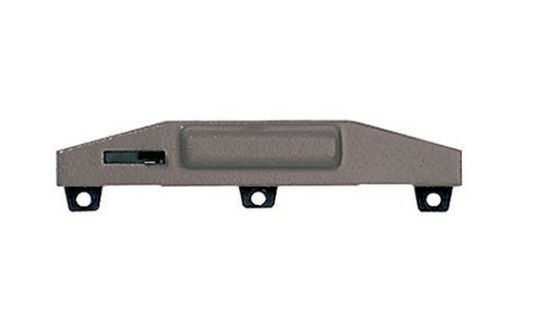| Brand | |
| Roco | |
| Gauge | |
| HO gauge | 16,5mm |
| Power supply | |
| Direct current DC | |
| product type | |
| electric locos | |
| technical & model details | |
| running number | 979 |
| friction tires | yes |
| interior details | yes |
| couplers | NEM 362 Kupplungsaufnahme, KKK, Roco Kurzkupplungen |
| light | Lichtwechsel nach schwedischem Vorbild |
| scale | 1:87 |
| motor | yes |
| flywheel | yes |
| length (mm) | 405 |
| Age notice | not suitable under 14 years |
| Digital & Sound | |
| Digital sound ex factory | x |
| country | |
| Scandinavia | SJ |
| era | |
| era III | |
| era IV |
Model: HO gauge DC. Swedish State Railways Dm3 3-part electric locomotive. For the first time in the original version with spoked wheels, short-coupled locomotive parts and free-standing lines and grab irons. Prototype: Immediately after the Second World War, the demand for Swedish iron ore increased dramatically. Suitable locomotives were needed to transport the heavy ore trains. The Swedish State Railways (SJ) ordered the first double locomotives of the Dm series, the first of which were delivered in 1953. Each of the two locomotive sections was equipped with a blind shaft drive and four coupled drive axles with spoked wheels. Five Dm locomotives were equipped with the newly developed „Motola 1960“ spoke wheels in 1960/61. These powerful locomotives were able to haul ore trains of up to 3,200 tonnes over the challenging „Malmbana“ Lule-Kiruna-Narvik route. The heavy trains consisted of 52 ore wagons. Each of these 3-axle wagons had an empty weight of 20 tonnes and was loaded with 80 tonnes of ore. At the end of the 1960s, the train weights were increased to 5,000 tonnes. For this purpose, some machines were extended by an additional, driverless, four-axle centre section and designated Dm3.






Reviews
There are no reviews yet.